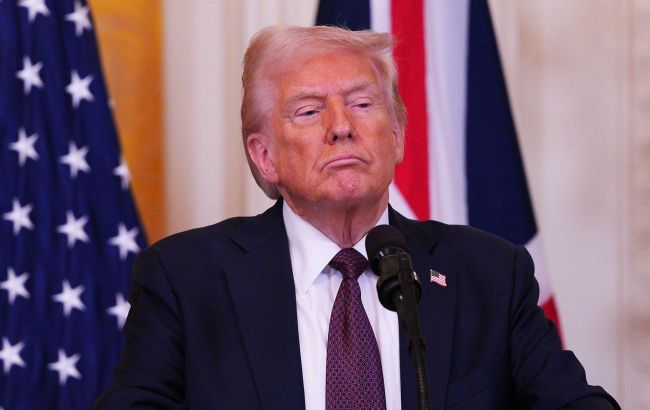Trump says tariffs to hit on July 9 if there’s no agreement
 Donald Trump, President of the US (photo: Getty Images)
Donald Trump, President of the US (photo: Getty Images)
The White House has stated that US President Donald Trump is ready at any moment to shift from diplomacy to unilateral decisions on tariffs, according to Bloomberg.
US President Donald Trump announced that his administration could begin sending letters to trade partners as early as Friday, notifying them of the introduction of unilateral tariff rates.
This move would come just ahead of the negotiation deadline, which ends on July 9.
“We’re probably going to be sending some letters out, starting probably tomorrow, maybe 10 a day to various countries saying what they’re going to pay to do business with the US,” Trump told reporters before departing Washington for Iowa.
Back in April, Trump announced an increase in so-called reciprocal tariffs but gave trade partners 90 days to negotiate, temporarily suspending the tariffs and setting the rate at 10%.
So far, the Trump administration has reached agreements with the UK and Vietnam, and also secured a temporary truce with China, which has helped ease tariff restrictions between the world’s two largest economies.
Meanwhile, negotiations with other key trade partners are still ongoing. In particular, there are no final agreements yet with Japan, South Korea, or the EU.
Trump also expressed optimism about the prospects of a deal with India, but was critical of Japan, calling it a difficult partner and stating that Tokyo may be forced to pay tariffs of 30–35%, or other rates determined by the US.
When asked about the possibility of extending the negotiation period, Trump firmly stated that such an option is not currently being considered.
As a result, America’s trade partners are now under intense pressure.
On July 2, Donald Trump announced an agreement with Vietnam under which the US plans to impose a 20% tariff on goods directly exported from Vietnam, and a 40% tariff on products that, according to US assessments, are effectively re-routed through the country from China or other nations.
Although these rates are lower than the previously announced 46% tariff, they are still significantly higher than the temporary 10% rate that was in effect during the negotiation period.

